Write, Rinse, Repeat: Text and Context in Derrida’s SEC and in Literary Studies
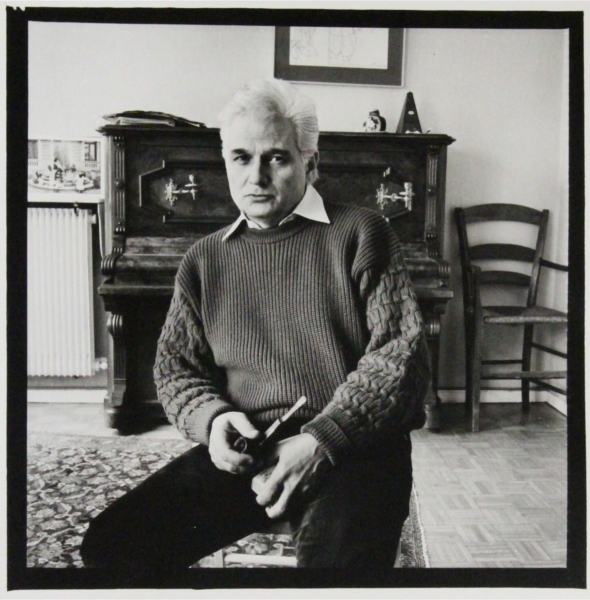
None of what the text says and is about can be determined beginning from such considerations, however; texts are not functions of cultural, social, or historical “structures” or “logics.” Such suppositions erase the text itself, by subordinating it to new and again unexplained systems or structures, implicitly resurrecting the ideal. Appeals to structures or logics necessarily trade on otherwise unexplained ideal last instances, ones hailing now not from language but from society, history, the economy, and so on. Their invocation thus renders the text in question effectively equivalent to the common understanding of “now is night,” an inscription somehow without a writer, receiver or context—subordinating it to a new ideal instance and thereby depriving it of its status as an authored text.
The Obamas’ “Rustin”: Fun Tricks You Can Do on the Past
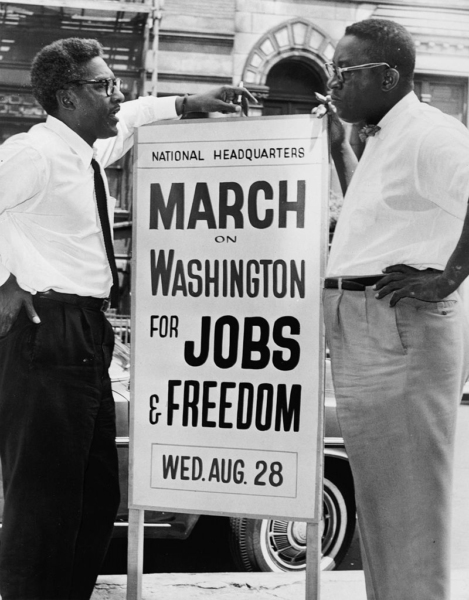
The project of “reclamation and celebration” proceeds from a common impulse to rediscover/invent black Greats who by force of their own will make “change” or “contributions.” In Ava Duvernay’s Selma Martin Luther King, Jr. shows up and exudes a beatific glow that makes things happen. These films and filmmakers have no clue how movements are reproduced as mass projects, from the bottom up and top down, in a trajectory plotted by continuously improvised response to and anticipation of layers of internal and external pressures. But that’s not their point. Rustin isn’t interested in illuminating the intricacies of the civil rights movement; it wants us to recognize its subject’s place in a pantheon of black and American Greats.
Paula Peatross: Purposefulness with no Purpose
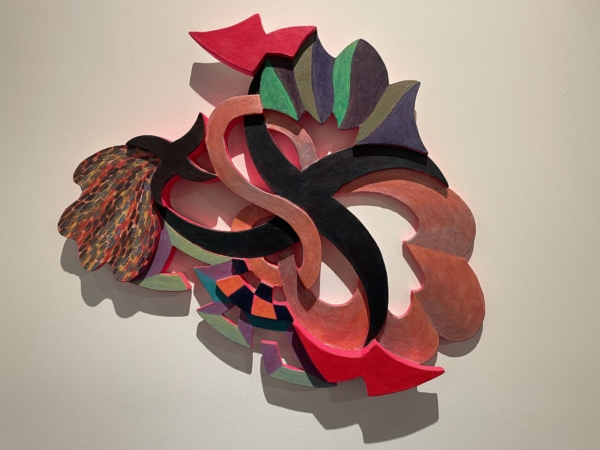
This is not a distinction between nonrepresentational and representational art, but it is one between narrative and nearly everything else. And Peatross’s reliefs are unambiguously nonrepresentational. In addition to not being narratives (stories) of any sort, they are made without reference to anything else outside themselves, such as a landscape, the sole exception to that general rule being that they do preserve the limits and inflexions of her body. That aside, as the artist herself puts it, “Each one is itself.”
Scapegoating Politics: How Fascism Deploys Race, and How Antiracism Takes the Bait
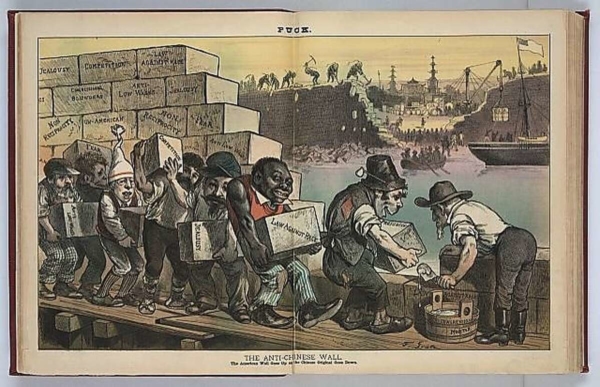
That larger, more insidious effort and its objectives—which boil down to elimination of avenues for expression of popular democratic oversight in service to consolidation of unmediated capitalist class power—constitute the gravest danger that confronts us. And centering on the racial dimension of stratagems like the Cantrell recall plays into the hands of the architects of that agenda and the scapegoating politics on which they depend by focusing exclusively on an aspect of the tactic and not the goal. From the perspective of that greater danger, whether the recall effort was motivated by racism is quite beside the point. The same applies to any of the many other racially inflected, de-democratizing initiatives the right wing has been pushing. With or without conscious intent, and no matter what shockingly ugly and frightening expressions it may take rhetorically, the racial dimension of the right wing’s not-so-stealth offensive is a smokescreen. The pedophile cannibals, predatory transgender subversives, and proponents of abortion on demand up to birth join familiar significations attached to blacks and a generically threatening nonwhite other in melding a singular, interchangeable, even contradictory—the Jew as banker and Bolshevik—phantasmagorical enemy.
Aesthetic judgement after de Duve: Or, what, exactly, did Kant “get right?”
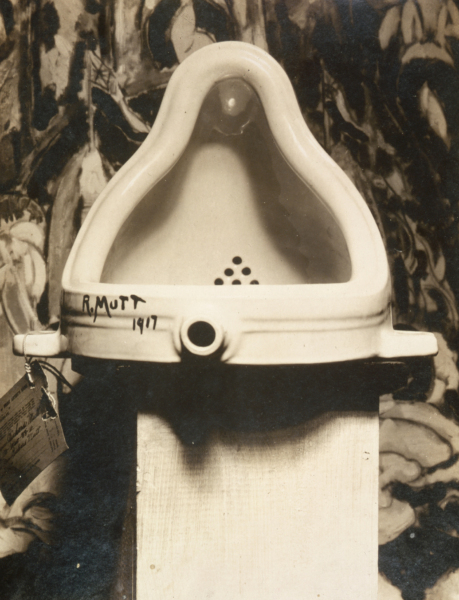
Thierry de Duve is one of very few leading figures in recent art theory to make Kant’s aesthetics central to their theory of contemporary art. But de Duve’s use of Kant is both idiosyncratic and controversial. In what follows I try to figure out what, exactly, de Duve believes Kant “got right,” and whether this is: i) plausible as a reading of Kant and, if not; ii) philosophically coherent, independently of its claims on Kant. Coming to a view on the latter also involves asking whether: iii) appeal to Saul Kripke’s theory of proper names helps or hinders Duve’s case.
Blind leading the blind
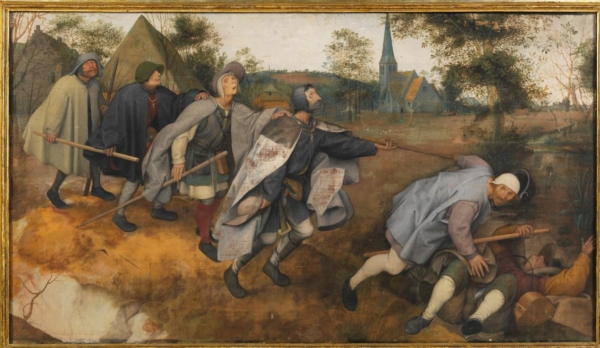
Our three authors are all, in very different ways, possibilists. They assume that socialism in some extremely general sense is desirable; but then frame their “what is to be done” entirely by what looks practical in the very short term. But the result in all three cases is practical unrealism: none of these prescriptions are likely to produce anything other than “more of the same” – meaning a labour movement dominated by the right and a left splintered into little pieces, each of which pursues its own “possible” tactics.
Ploughshares into Swords: On Our Surreptitious Essentialism
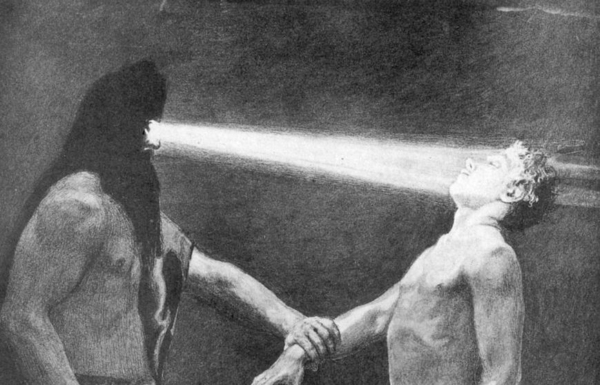
The present paper is devoted to addressing the basic asymmetry of a move from what can be called “passive metaphysics” to “active metaphysics,” the overcoming of formalism, structuralism, and semiotics by post-structuralism and its hasty replacement with new forms of thought that presume matter that is alive or animate transparently makes itself available to experiencing subjects, who are affected by it immediately, without mediation, directly. For various reasons, the various forms of thought I will review—historiography, affect, metaphysics—have not cashed out this active metaphysics. But the general orientation remains there, ready to be abused at any time. If postmodernism turned swords into ploughshares, we have recently turned ploughshares into swords.
Bidenomics and the Left

This is not a matter of rejecting electoral politics—winning a majority of citizens to radical change through democratic means is fundamental. But coming to governance without a solid social base while the powerful centrifugal influences of capitalism remain in place leads to the disappointments we and others abroad have repeatedly experienced. Without the ability to monitor, check, support, and pressure governments to stay the course, government promises fade. Elections alone become largely irrelevant. Participation in elections may have a tactical role in reaching people, but building the base for social transformation is what is so overwhelmingly central today. Only that will make elections truly relevant down the road.
New Wall Sculptures
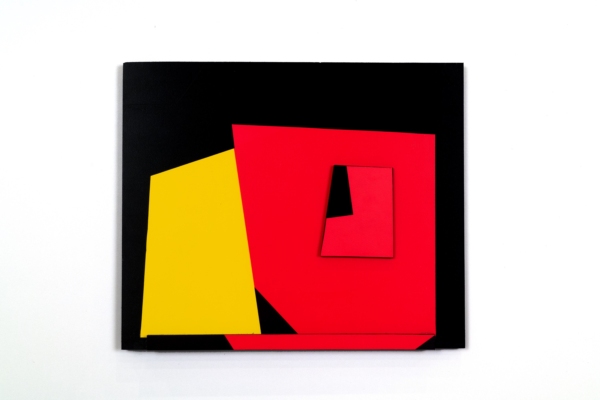
Only rarely does the plan survive the making; more often the sculpture takes over, establishing its own rules, its own reality. Each shape goes down on the paper as an expanse of uninflected, transparent color, the shapes are determined by stencils prepared beforehand. As other shapes are added, the overlapping hues create new densities and new colors. Changing the sequence can further alter these tonal and chromatic relationships, creating new spatial suggestions, so that we read each of these unique images differently.
Democracy and the Working-Class: An Introduction to Reed, Macnair, and Gindin

The causes of this relatively bleak state of affairs is, as Reed and Macnair show, that at the level of civil society the dominant political institutions, parties, or NGO-like formations like BLM only allow citizens with a means of engaging in political life by assuming a standpoint reliant on confused and obfuscatory concepts which preclude an understanding of society in class terms.


